The biggest explosion ever in the cosmos captured by NASA; It BIRTHED a black hole?
NASA captured a wave of radiation hitting Earth that came from the biggest explosion ever recorded in history. Astronomers believe it could be from the explosion of a supernova that actually birthed a black hole.

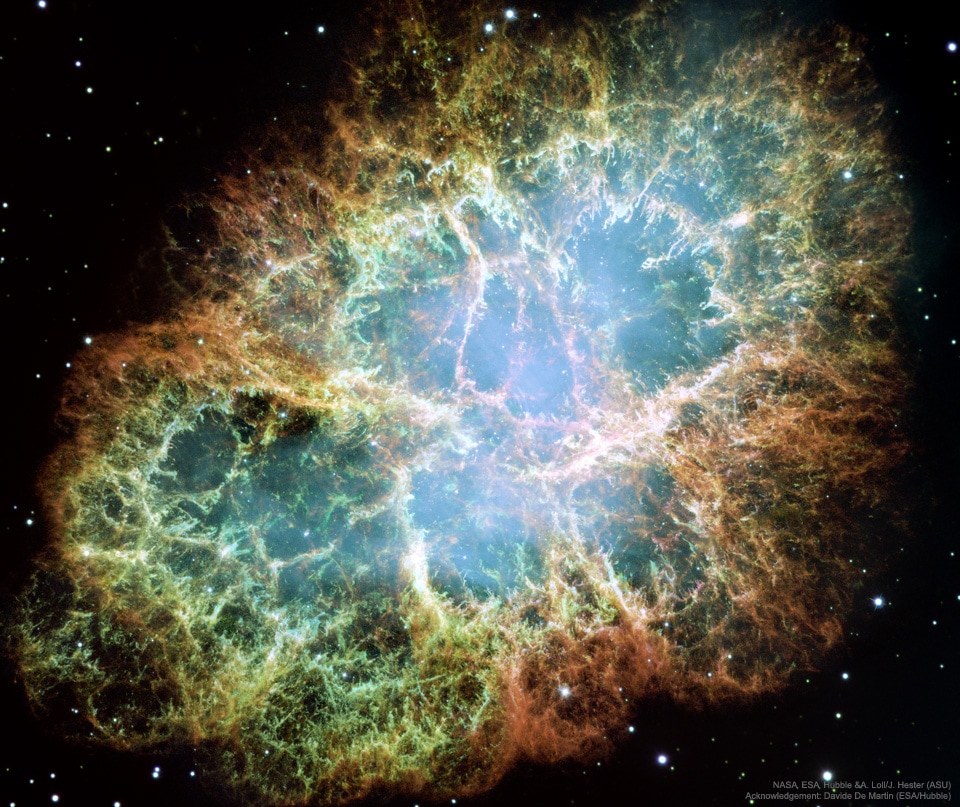
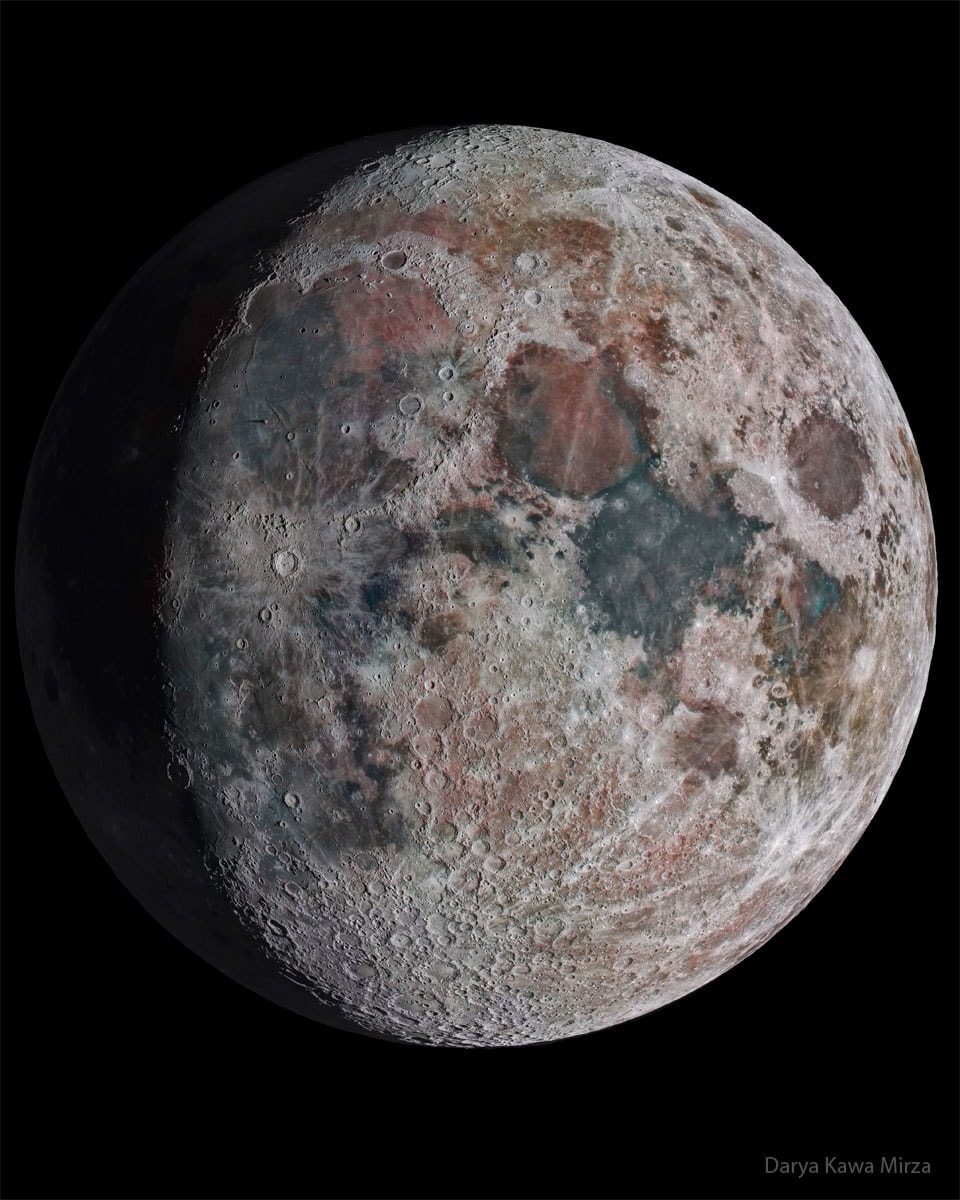
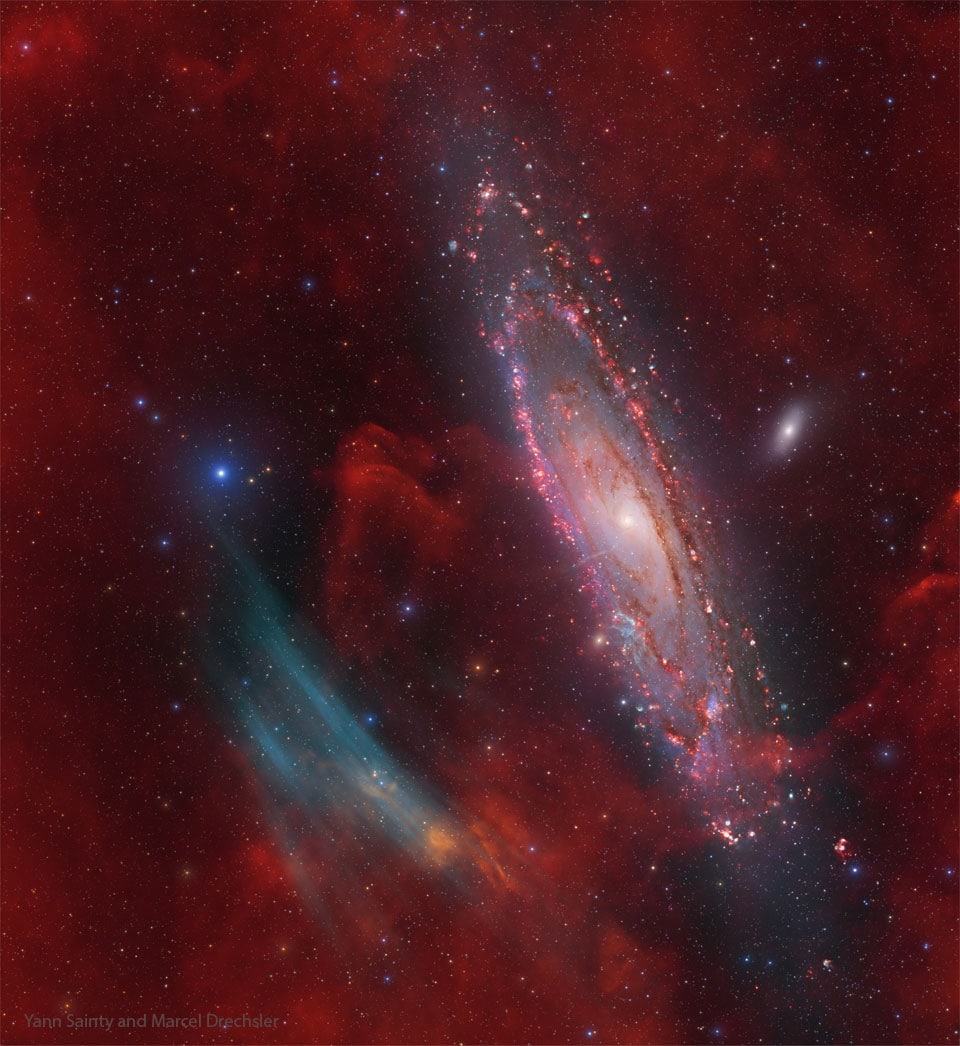
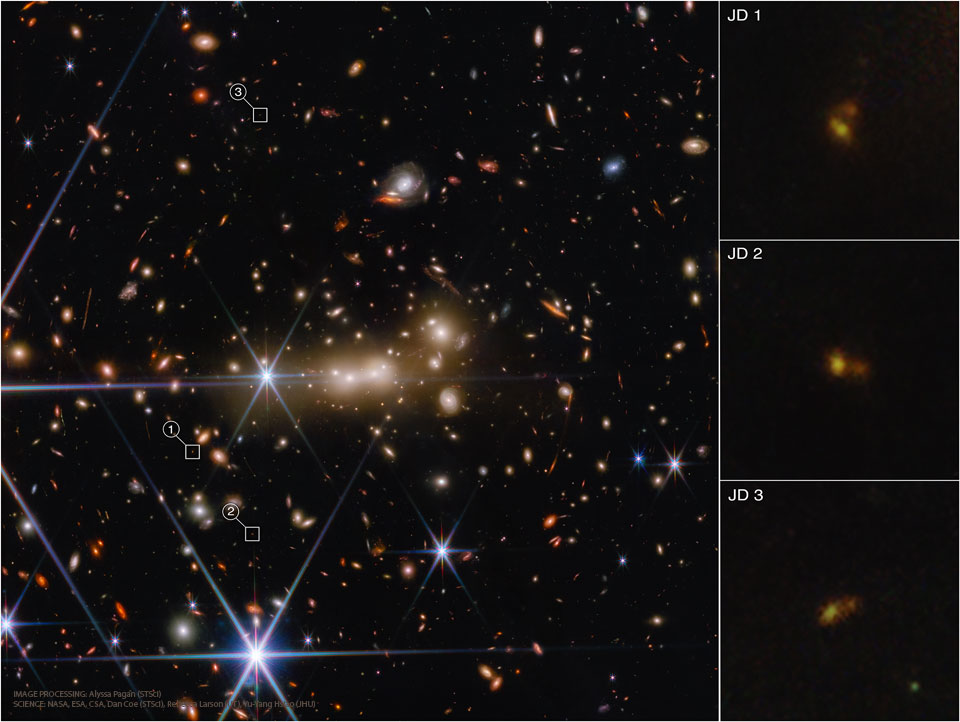
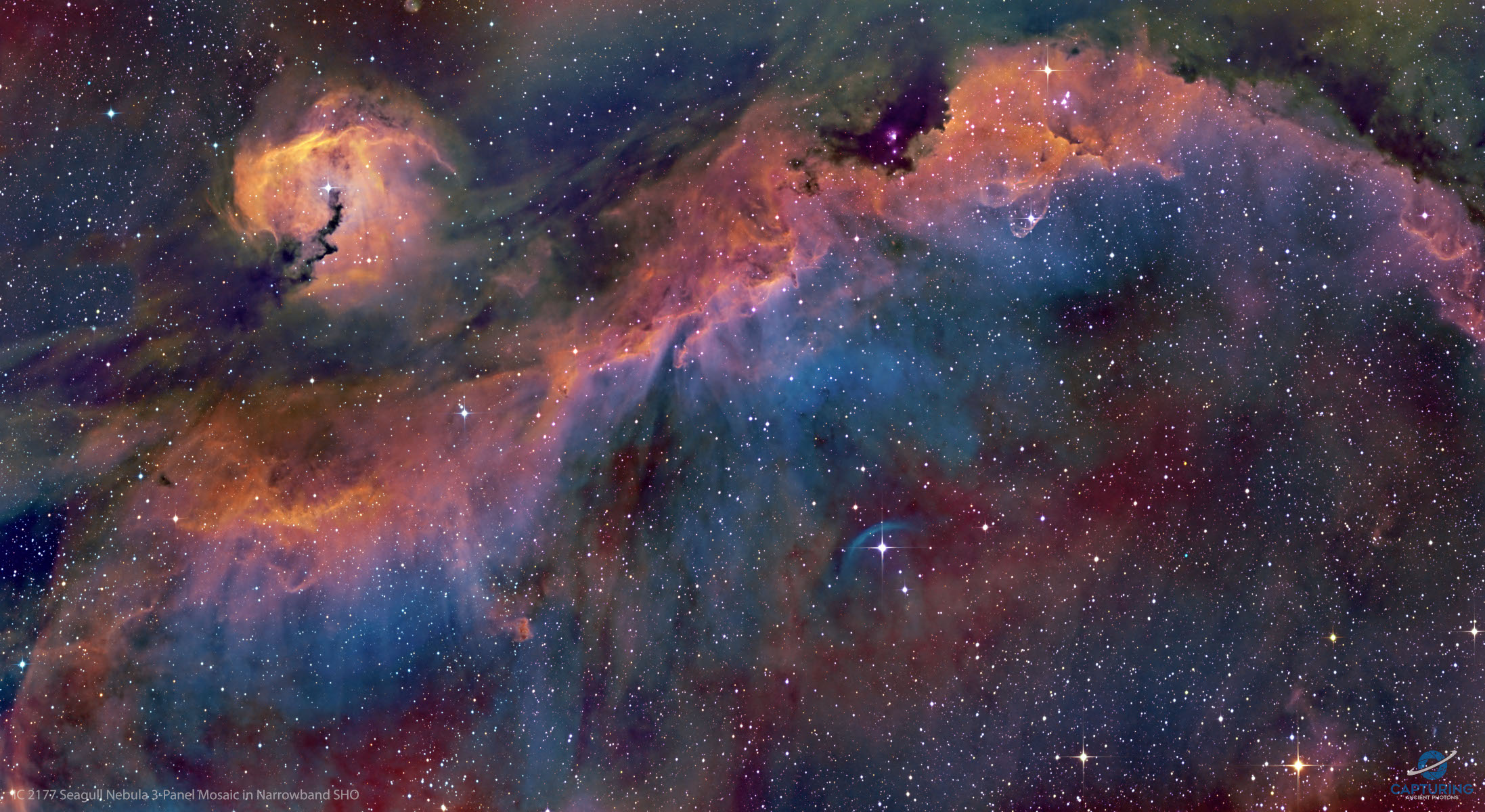
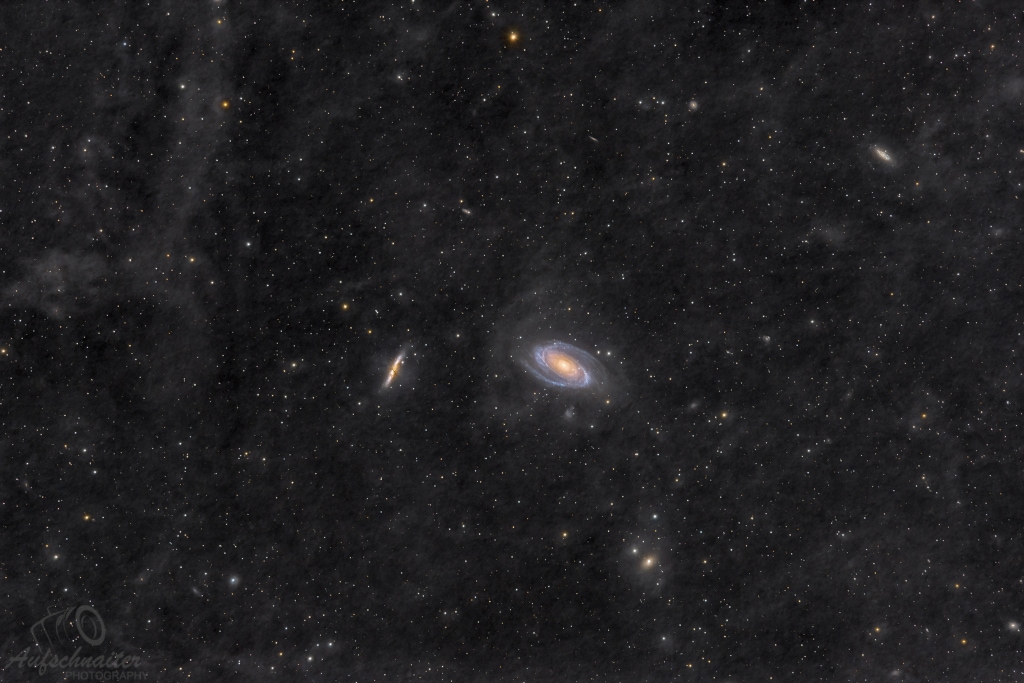
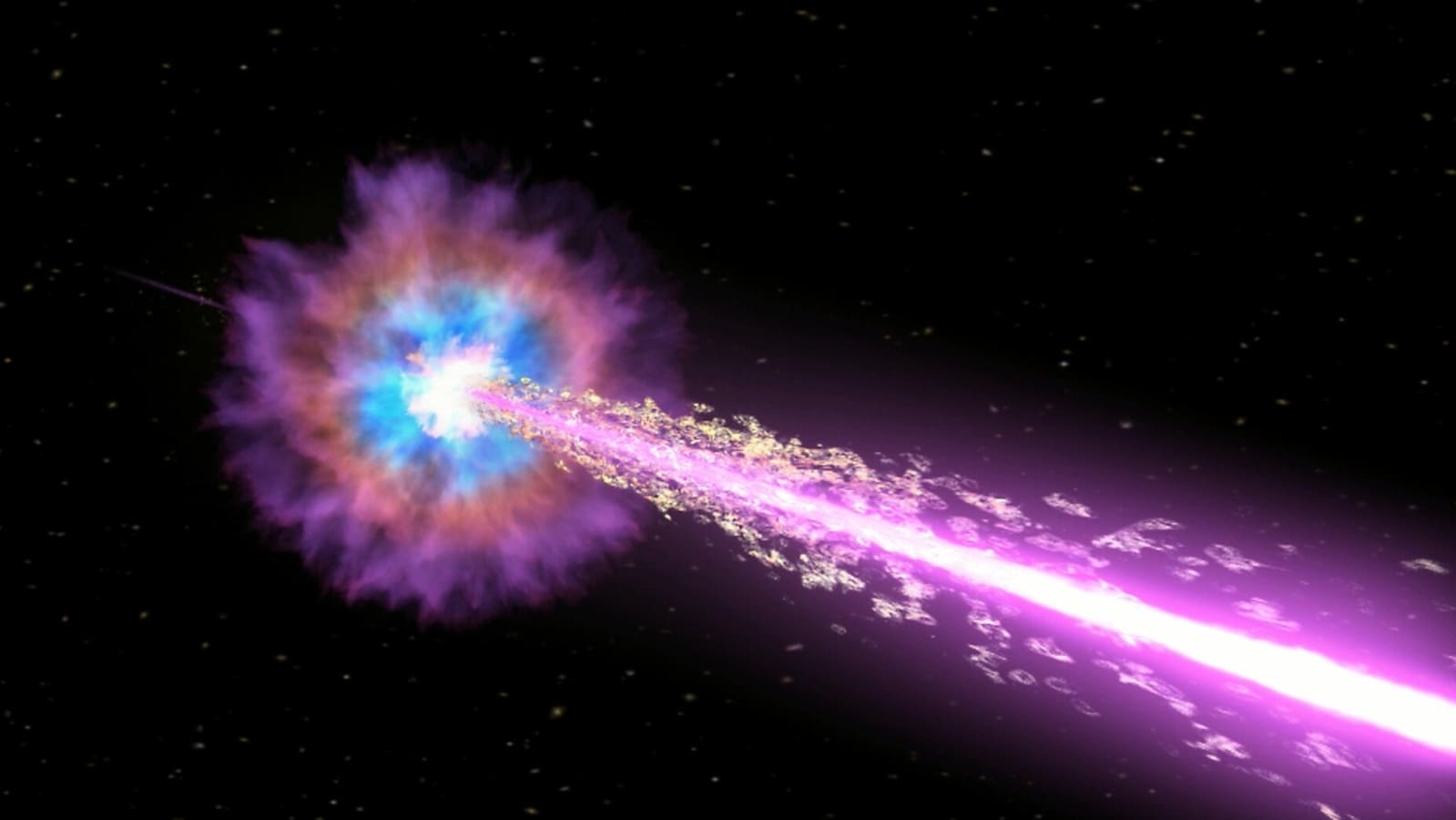
 View all Images
View all ImagesLast year, NASA captured something stunning that strangely went under the radar. A gigantic cosmic explosion was captured by the NASA Fermi Gamma-ray Space Telescope as well as a few other observatories, which is now being dubbed as the biggest and the brightest explosion in recorded history. As studies are ongoing to gain a better understanding of the event, an early belief is that the energy came from a supernova explosion 1.9 billion light years away, the death of a massive star, and it indicated the birth of a black hole.
NASA posted on its blog post, revealing details from the event. It stated, “The signal, originating from the direction of the constellation Sagitta, had traveled an estimated 1.9 billion years to reach Earth. Astronomers think it represents the birth cry of a new black hole, one that formed in the heart of a massive star collapsing under its own weight. In these circumstances, a nascent black hole drives powerful jets of particles traveling near the speed of light. The jets pierce through the star, emitting X-rays and gamma rays as they stream into space”.
NASA spots the brightest explosion in space
The explosion is being called a gamma ray burst (GRB), which is the most powerful type of explosion known to us, and has been named GRB 221009A. The explosion was also photographed by NASA's Swift Observatory, which even highlighted the rings of X-ray radiation moving away from the center of the explosion.
Apart from the rare moment in the universe, this also presented itself as an opportunity for NASA to test its new monitoring systems and collaborations with other space agencies. A link between two experiments on the International Space Station – NASA's NICER X-ray telescope and a Japanese detector called the Monitor of All-sky X-ray Image (MAXI) was established in April and it was waiting for a space event like that to test its capabilities. The connection is called the Orbiting High-energy Monitor Alert Network (OHMAN). It allows NICER to rapidly turn to outbursts detected by MAXI, actions that previously required intervention by scientists on the ground.
This connection enabled the system to capture the event automatically. “OHMAN provided an automated alert that enabled NICER to follow up within three hours, as soon as the source became visible to the telescope,” said Zaven Arzoumanian, the NICER science lead at Goddard.
Catch all the Latest Tech News, Mobile News, Laptop News, Gaming news, Wearables News , How To News, also keep up with us on Whatsapp channel,Twitter, Facebook, Google News, and Instagram. For our latest videos, subscribe to our YouTube channel.




























